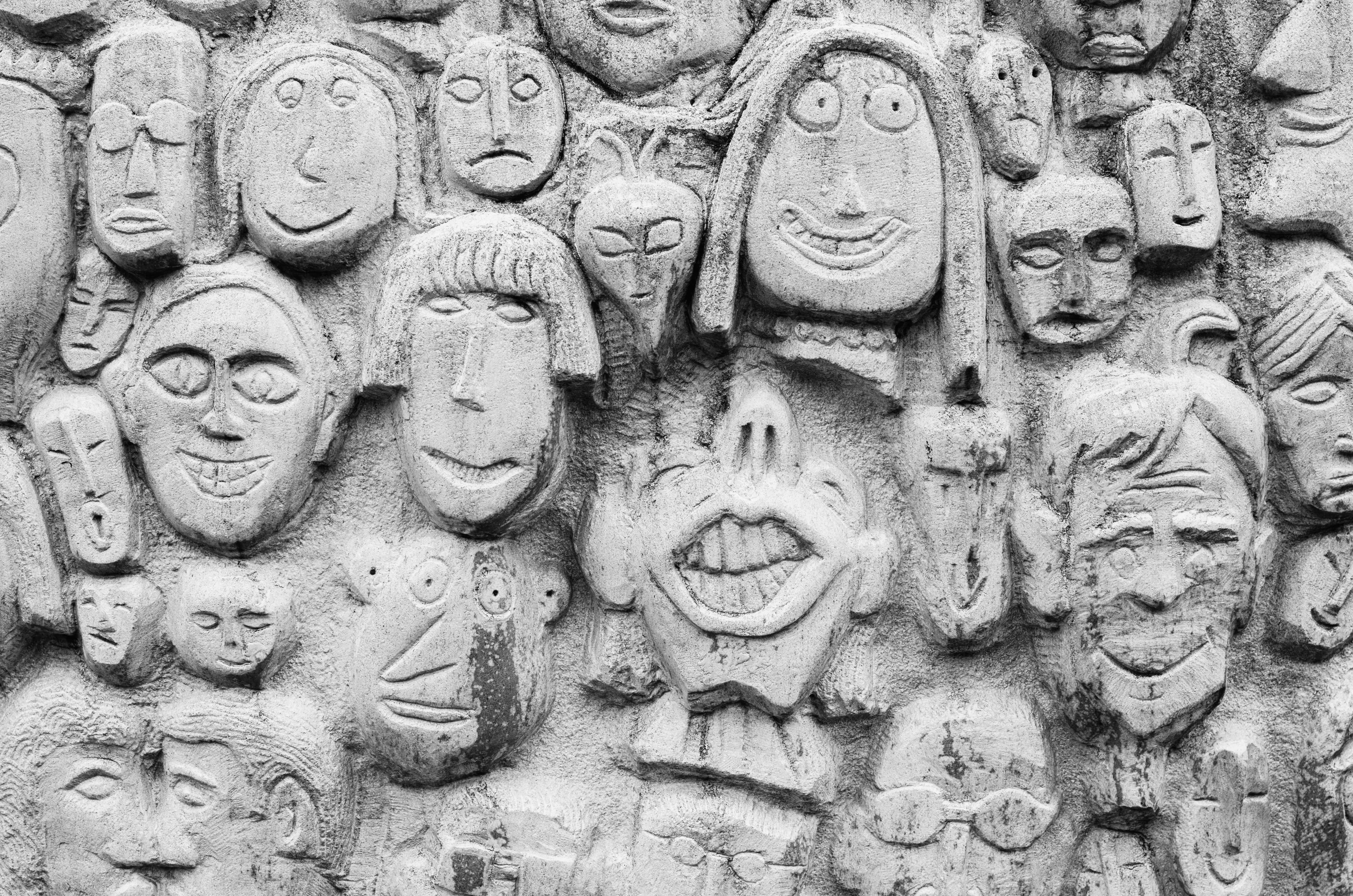Media release
From:
Face to face with the truth about stereotyping others based on appearance
Associating facial attributes with internal qualities about the person beneath them happens unconsciously and can lead to dire social consequences.
Judging others based on their appearances is a behavioral trait that guides us socially. Even from just a brief glimpse of a face, people use what are largely inaccurate judgements to navigate social settings. But biases based on physical appearance can be harmful. They can lead to people being unjustly excluded from hiring pools or wrongfully incarcerated. In a study led by Jonathan Freeman from Colombia University, scientists explored how the brain shapes our perceptions of others. As people in the study looked at pairs of faces, the researchers imaged their brains. Afterwards, participants gauged how trustworthy or dominant the faces were. The scientists found that a brain region called the medial temporal gyrus essentially formed a 2-dimensional plot of internal traits and plotted people’s faces on this plot. This occurred implicitly, even in participants who revealed that they did not believe impressions based on appearance were accurate. Other regions of the brain involved in social reasoning and consciously making judgements about others’ appearances also contributed to how brains tracked internal traits from faces, but only in those who did endorse facial stereotyping. These findings are a breakthrough in our understanding of how our brains implicitly and explicitly judge others. They point to potential mechanisms that may give rise to social biases based on faces. At the very least, this study emphasizes the need for rethinking how settings in which our judgements bear real consequences on the lives of others are navigated.



 International
International



